Home>Technology>Home Entertainment Systems>What Is A Gaffer In The Motion Picture Industry And On A Television Crew?
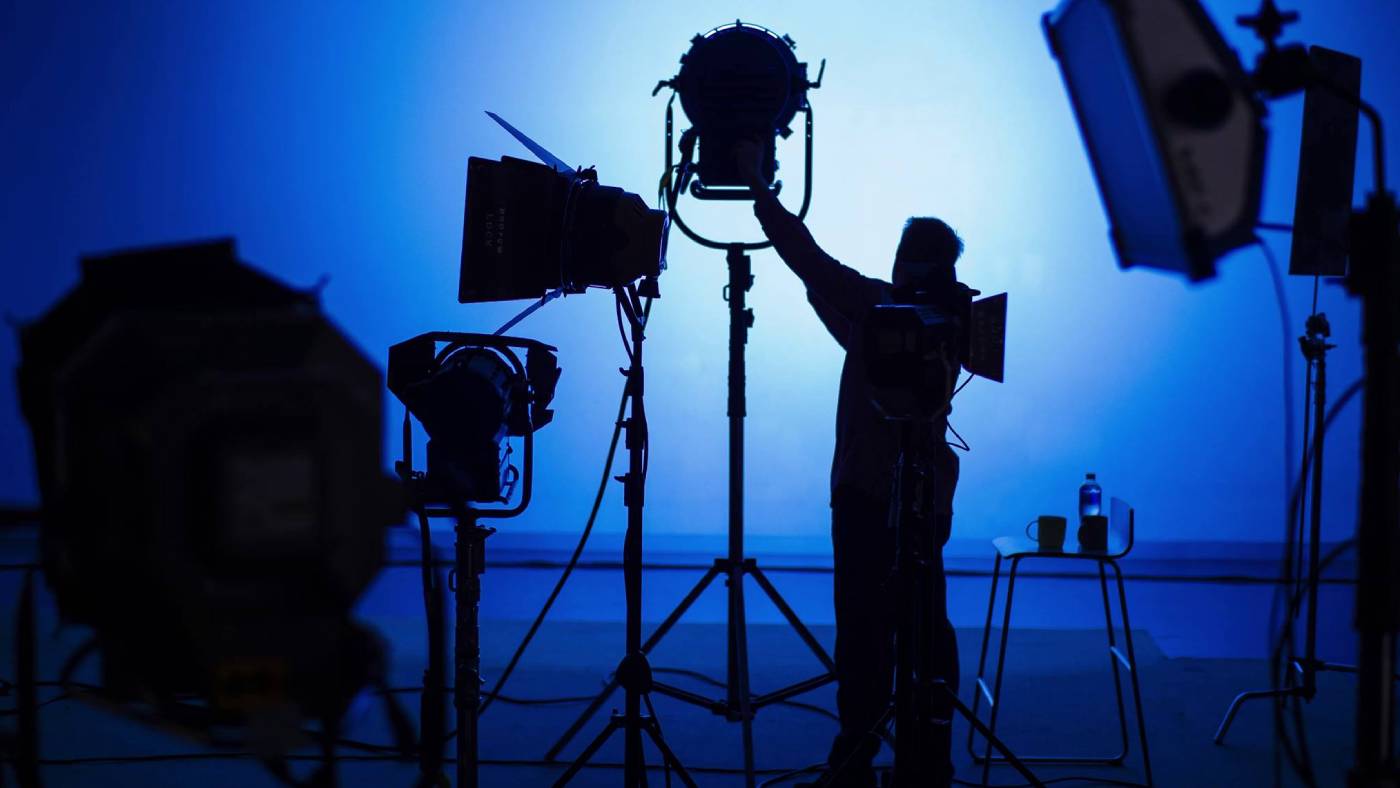

Home Entertainment Systems
What Is A Gaffer In The Motion Picture Industry And On A Television Crew?
Published: December 20, 2023
Learn about the role of a gaffer in the motion picture and television industry. Discover their crucial role in creating home entertainment systems.
(Many of the links in this article redirect to a specific reviewed product. Your purchase of these products through affiliate links helps to generate commission for Storables.com, at no extra cost. Learn more)
Introduction
Welcome to the fascinating world of motion pictures and television production! Behind the scenes of every successful film or TV show, there exists a dedicated team of professionals working tirelessly to bring the director's vision to life. Among these individuals, the role of a gaffer stands out as one of the most crucial and versatile positions in the industry. In this article, we will delve into the intricacies of what it means to be a gaffer, their responsibilities, required skills, and the collaborative dynamics involved in working with a gaffer.
The term "gaffer" has its origins in the early days of filmmaking, where it was used to refer to the head electrician on a set. Over time, the role has evolved to encompass a broader scope of responsibilities, making the gaffer an indispensable part of the lighting and electrical department. Whether it's creating the perfect ambiance for a dramatic scene or ensuring that every shot is flawlessly illuminated, the gaffer's expertise is instrumental in achieving the desired visual impact on screen.
In the following sections, we will explore the multifaceted nature of the gaffer's role, from their technical prowess in handling lighting equipment to their ability to collaborate seamlessly with directors, cinematographers, and other crew members. Additionally, we will shed light on the essential skills and qualifications that distinguish a proficient gaffer, as well as the dynamics of working alongside these professionals to bring cinematic visions to fruition.
Join us on this enlightening journey as we unravel the mysteries of the gaffer's craft and gain a deeper appreciation for the artistry and precision that underpin every captivating frame in motion pictures and television.
Key Takeaways:
- A gaffer is a crucial part of film and TV production, responsible for creating captivating lighting setups that enhance the visual narrative. They blend technical expertise with artistic intuition to bring director’s visions to life.
- Gaffers collaborate closely with directors and cinematographers to translate conceptual ideas into tangible lighting designs. Their leadership and problem-solving skills ensure a safe and efficient working environment on set.
Definition of a Gaffer
At the heart of any film or television production, the gaffer assumes a pivotal role in the execution of lighting design and implementation. Often referred to as the head of the electrical department, the gaffer is responsible for overseeing all aspects of lighting, from conceptualization to practical application. Their expertise extends beyond traditional electrical work, encompassing a profound understanding of how light interacts with the camera lens and the overall visual composition of a scene.
One of the defining characteristics of a gaffer is their mastery of lighting techniques and the ability to translate a director’s vision into captivating visual imagery. This entails a keen eye for detail, an intuitive understanding of mood and atmosphere, and the technical proficiency to manipulate light sources to achieve the desired effect. Whether it’s crafting a soft, ethereal glow for a romantic sequence or orchestrating dramatic shadows for a suspenseful moment, the gaffer’s artistic sensibilities are instrumental in shaping the visual narrative of a production.
Beyond their creative contributions, gaffers are also entrusted with the logistical and safety aspects of lighting setups. This includes coordinating the placement of lighting fixtures, managing power distribution to ensure operational efficiency, and adhering to stringent safety protocols to mitigate potential hazards. Furthermore, gaffers collaborate closely with cinematographers to align the lighting design with the overall visual aesthetic of the project, fostering a harmonious synergy between technical precision and artistic vision.
While the term “gaffer” may have originated from the early days of filmmaking, its contemporary connotation transcends mere technical proficiency. Today, a gaffer embodies a fusion of artistic ingenuity, technical acumen, and leadership prowess, serving as a linchpin in the seamless orchestration of visual storytelling. As we delve deeper into the gaffer’s realm, we will uncover the diverse responsibilities that define this role and the indispensable contributions they make to the cinematic tapestry.
Responsibilities of a Gaffer
The role of a gaffer encompasses a diverse array of responsibilities that are integral to the successful execution of lighting and electrical aspects in film and television production. At the core of their duties is the translation of the director’s vision and the cinematographer’s creative input into tangible lighting setups that enhance the visual narrative. This involves collaborating closely with the director of photography and other key personnel to conceptualize and implement lighting designs that align with the thematic and aesthetic requirements of each scene.
One of the primary responsibilities of a gaffer is to lead the electrical department, overseeing the rigging, placement, and operation of lighting fixtures to achieve the desired illumination for every shot. This demands a comprehensive understanding of various lighting instruments, their specific characteristics, and the nuanced interplay of light and shadow. Whether it’s utilizing soft, diffused lighting for a dreamy ambiance or employing dynamic, high-contrast setups for heightened dramatic impact, the gaffer’s expertise in sculpting light is pivotal to the visual storytelling process.
Furthermore, gaffers are entrusted with the logistical coordination of power distribution and electrical safety on set. This entails assessing power requirements for lighting setups, ensuring compliance with safety standards, and implementing protocols to mitigate potential electrical hazards. By meticulously managing the technical aspects of lighting, gaffers contribute to a secure and efficient working environment, allowing the creative team to focus on realizing their artistic vision without impediments.
In addition to their technical proficiencies, gaffers also play a crucial role in fostering a collaborative and cohesive working environment. Effective communication and teamwork are essential as they liaise with the director, cinematographer, and other crew members to synchronize lighting designs with the overall production requirements. The gaffer’s ability to adapt to evolving creative directives and troubleshoot technical challenges in real time is instrumental in maintaining a fluid and productive filming process.
As we unravel the myriad responsibilities of a gaffer, it becomes evident that their contributions extend far beyond the realm of lighting and electricity. They are integral facilitators of visual storytelling, blending technical precision with artistic sensibilities to imbue each frame with the desired mood, atmosphere, and emotional resonance.
A gaffer in the motion picture industry and on a television crew is the head electrician responsible for lighting and electrical equipment on set. They work closely with the director of photography to achieve the desired lighting effects for a scene.
Skills and Qualifications
Becoming a proficient gaffer in the motion picture and television industry requires a unique blend of technical expertise, artistic intuition, and leadership capabilities. Gaffers must possess a comprehensive skill set that encompasses both practical proficiencies and interpersonal aptitude, along with a solid foundation of industry-specific knowledge and experience.
- Technical Proficiency: A gaffer must demonstrate mastery in the operation and utilization of a wide range of lighting equipment, including various types of fixtures, control systems, and light-modifying accessories. Profound knowledge of electrical principles, power distribution, and safety protocols is imperative to ensure the seamless integration of lighting setups within the production environment.
- Artistic Sensibilities: Beyond technical prowess, gaffers must possess a discerning eye for visual composition, color theory, and the emotive potential of light. The ability to interpret and actualize the director’s vision through nuanced lighting designs is a hallmark of a skilled gaffer, requiring a keen understanding of how light influences mood, atmosphere, and narrative impact.
- Leadership and Collaboration: Effective leadership is essential as gaffers are responsible for supervising the electrical department and coordinating lighting setups with the broader production team. Strong communication skills, adaptability, and the capacity to collaborate seamlessly with directors, cinematographers, and fellow crew members are paramount to ensuring cohesive and efficient execution of lighting designs.
- Problem-Solving Aptitude: The dynamic nature of film and television production necessitates the ability to think on one’s feet and swiftly address technical challenges or creative adjustments. Gaffers must exhibit resourcefulness, quick decision-making abilities, and a proactive approach to troubleshooting unforeseen obstacles in the pursuit of realizing the desired visual aesthetic.
- Industry Knowledge and Experience: A comprehensive understanding of industry-standard practices, equipment, and evolving technological advancements is vital for gaffers to adapt to the demands of modern filmmaking. Practical experience in lighting design, on-set operations, and a thorough grasp of the collaborative dynamics within the production environment are invaluable assets for aspiring gaffers.
While formal education and specialized training in electrical engineering, cinematography, or related fields can provide a solid foundation, the journey to becoming a proficient gaffer often involves hands-on experience, mentorship, and a continuous commitment to honing one’s craft. The culmination of technical proficiency, artistic acumen, and interpersonal finesse distinguishes exceptional gaffers who play an indispensable role in shaping the visual tapestry of motion pictures and television.
Working with a Gaffer
Collaborating with a gaffer in the context of film and television production is a dynamic and synergistic process that hinges on effective communication, creative alignment, and a shared commitment to realizing the director’s vision. The gaffer serves as a linchpin in the intricate web of lighting design and execution, working in tandem with the director of photography, the director, and the broader crew to orchestrate visually compelling scenes that resonate with the narrative and emotional essence of the production.
Central to the collaborative dynamic is the gaffer’s role in translating conceptual ideas into tangible lighting setups. By interfacing with the director and cinematographer, the gaffer gains insight into the thematic nuances, emotional beats, and visual motifs that underpin each scene. This collaborative exchange of ideas fosters a shared vision, allowing the gaffer to infuse their technical expertise with the creative directives of the filmmaking team, resulting in lighting designs that harmonize seamlessly with the narrative intent.
Furthermore, the gaffer’s leadership within the electrical department is pivotal to the efficient and safe implementation of lighting setups. Working in concert with the lighting crew, grips, and electricians, the gaffer coordinates the rigging, positioning, and operation of lighting fixtures, ensuring that each setup aligns with the creative vision while adhering to safety protocols and logistical considerations. This collaborative synergy is essential in maintaining a conducive and secure working environment, enabling the creative team to focus on realizing their artistic aspirations without impediments.
Effective communication and adaptability are fundamental traits that define the collaborative experience of working with a gaffer. As the production unfolds, the gaffer remains responsive to evolving creative directives, technical adjustments, and logistical contingencies, demonstrating a proactive and solution-oriented approach to addressing the dynamic demands of filmmaking. Their ability to engage in open dialogue, offer creative input, and swiftly troubleshoot technical challenges fosters a cohesive and productive working environment, elevating the overall quality of visual storytelling.
Ultimately, the collaborative journey with a gaffer encapsulates a harmonious fusion of technical precision, artistic ingenuity, and shared dedication to realizing the visual tapestry of a production. By embracing the collaborative expertise of the gaffer, filmmakers and production teams can harness the transformative power of light to imbue each frame with evocative depth, immersive ambiance, and visual resonance, thereby enriching the storytelling experience for audiences worldwide.
Conclusion
As we conclude our exploration of the multifaceted role of a gaffer in the motion picture and television industry, we emerge with a profound appreciation for the indispensable contributions of these lighting maestros. The gaffer’s realm transcends mere technical proficiency, encompassing a harmonious fusion of artistic intuition, leadership acumen, and collaborative prowess that underpins the visual tapestry of cinematic storytelling.
From the conceptualization of lighting designs to the seamless execution of intricate setups, the gaffer’s expertise serves as a cornerstone in shaping the visual narrative of every film and television production. Their ability to translate directorial visions into tangible lighting schemes, harmonize creative directives with technical precision, and foster a collaborative environment exemplifies the pivotal role they play in the filmmaking process.
Moreover, the gaffer’s adeptness in navigating the dynamic landscape of film and television production, from problem-solving on set to adapting to evolving creative directives, underscores their resilience and adaptability in realizing the desired visual aesthetic. Their leadership within the electrical department, coupled with their collaborative synergy with the broader creative team, cultivates an environment where artistic vision and technical execution converge seamlessly.
As audiences worldwide immerse themselves in the captivating realms of cinema and television, the artistry of the gaffer infuses each frame with evocative illumination, immersive ambiance, and visual resonance. Their contributions resonate beyond the confines of the screen, enriching the storytelling experience and elevating the emotional impact of cinematic narratives.
In essence, the gaffer embodies the alchemy of light, transforming conceptual visions into luminous reality and infusing each frame with the emotive essence of storytelling. Their mastery of lighting techniques, logistical acumen, and collaborative spirit converge to illuminate the path for filmmakers, cinematographers, and production teams, guiding them toward the realization of visually compelling and narratively resonant cinematic experiences.
Thus, as we celebrate the artistry and expertise of gaffers, we recognize their enduring legacy as luminaries in the realm of visual storytelling, enriching the cinematic landscape with their illuminating craft and indelible contributions to the magic of motion pictures and television.
Frequently Asked Questions about What Is A Gaffer In The Motion Picture Industry And On A Television Crew?
Was this page helpful?
At Storables.com, we guarantee accurate and reliable information. Our content, validated by Expert Board Contributors, is crafted following stringent Editorial Policies. We're committed to providing you with well-researched, expert-backed insights for all your informational needs.





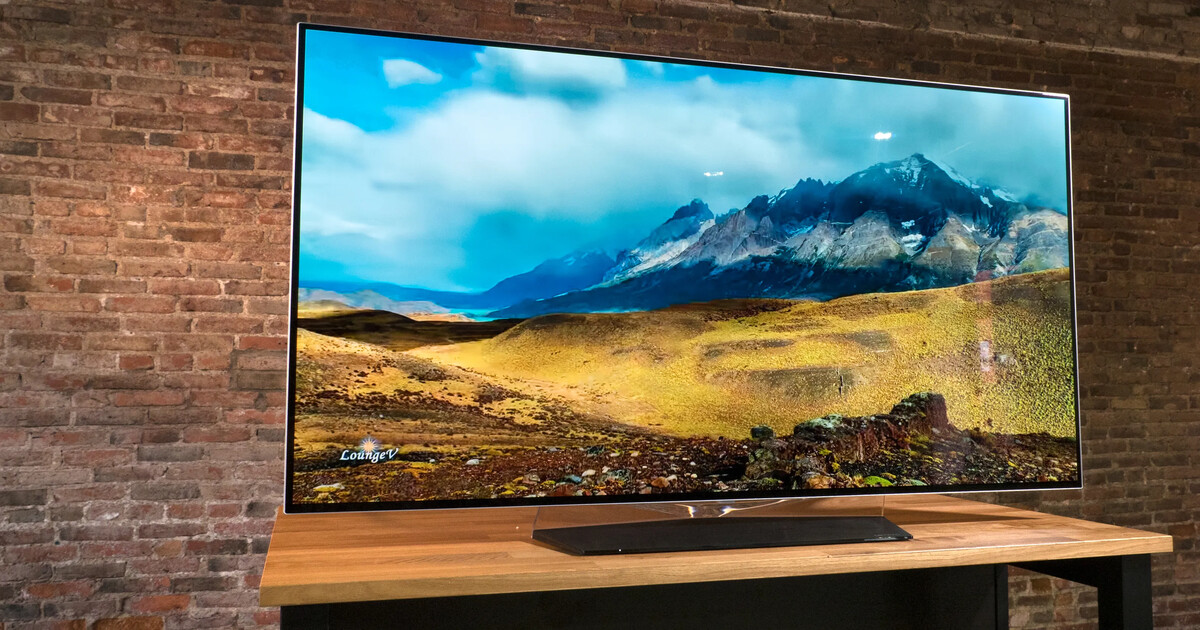
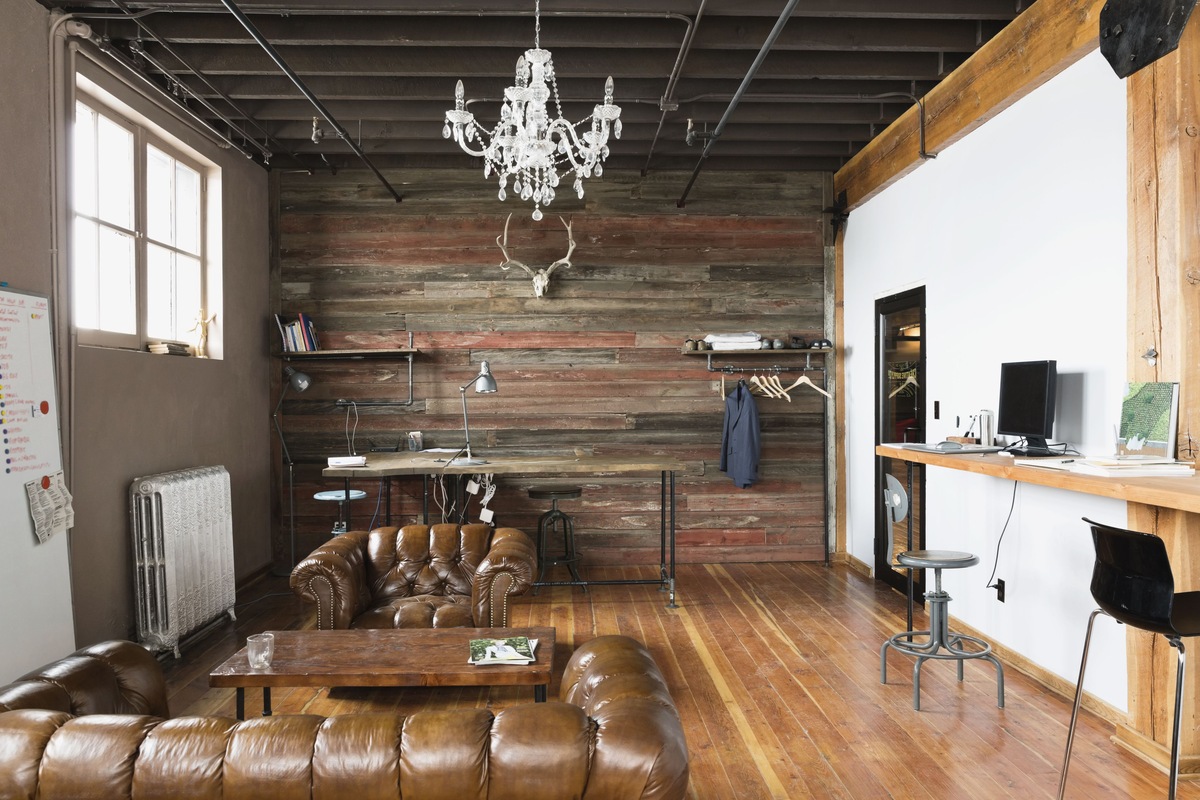
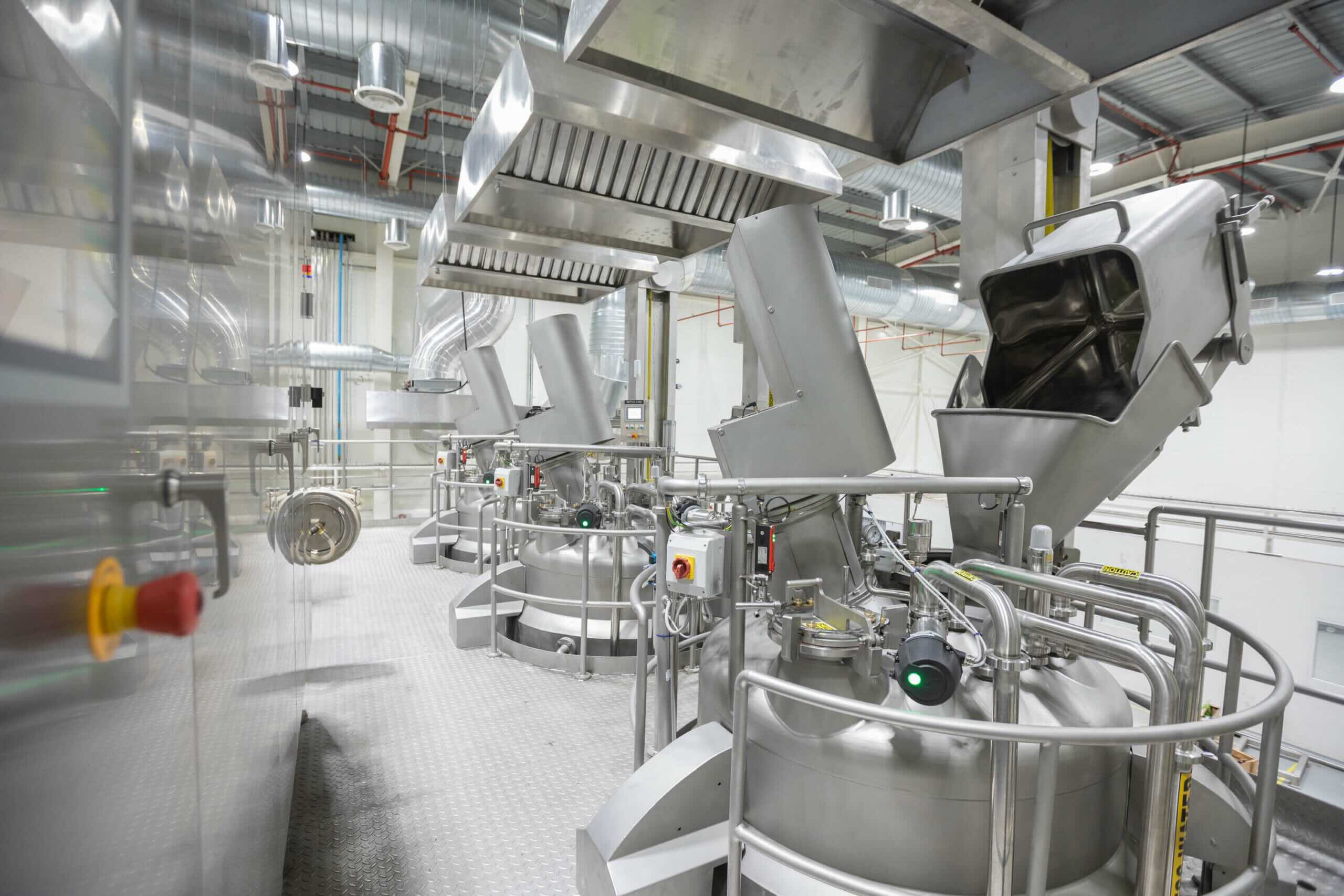





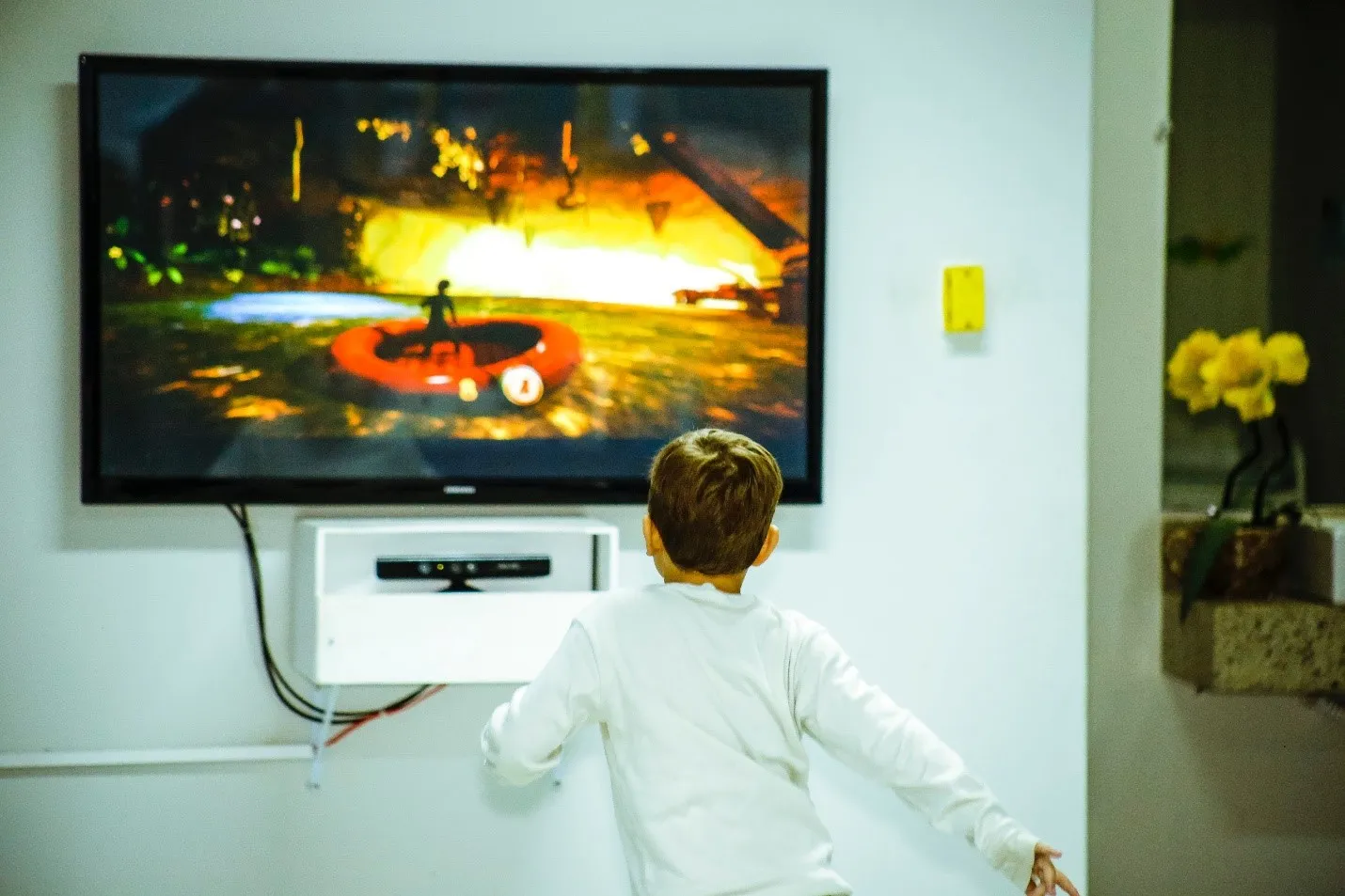

0 thoughts on “What Is A Gaffer In The Motion Picture Industry And On A Television Crew?”